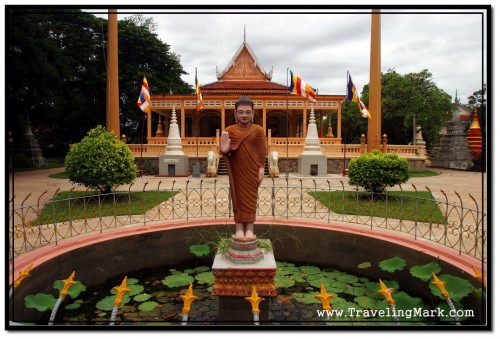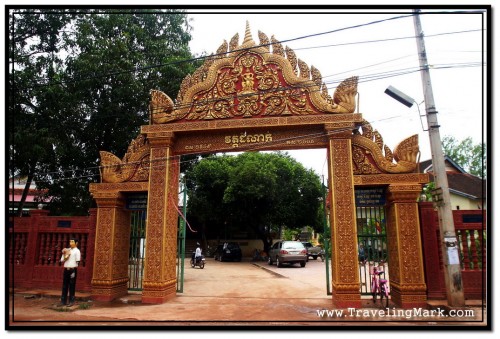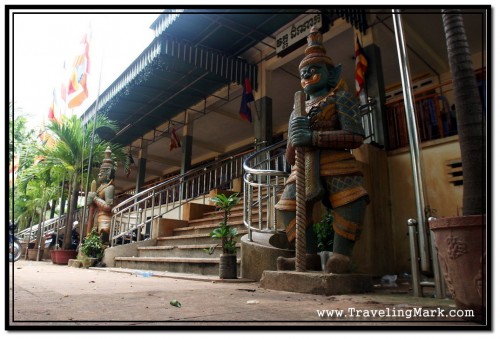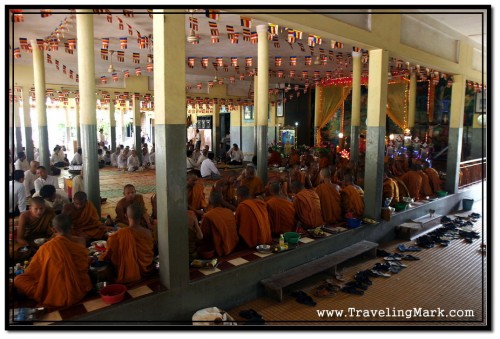Supporting local economy by buying from small local businesses is definitely a good thing and is both rewarding and empowering. I always follow this golden rule to the last letter and strongly encourage all travelers to support local businesses any way they can but as with everything, there are exceptions to the rule. Unfortunately, unless Cambodia puts an end to open discrimination their society is riddled with, I will maintain that supporting local Cambodian businesses is equivalent to promoting racism.
Unless you pop in a business that’s part of a nationwide chain, you are unlikely to see any prices posted visibly next to the items they apply to. There is a very good reason for that. Prices are not clearly displayed to allow for racial profiling which results in business owners applying different prices to different ethnic groups.
This type of racial profiling is not practised in any of the neighboring countries but then again, most businesses in the neighboring countries try to establish themselves by offering quality product and/or service whereas most Cambodian businesses specialize in ripping the customer off at any cost the first time they come to buy something.
Not all Cambodian businesses are like that, though. Visitors to Cambodia have an option to do business with non discriminatory companies and support good business practices, instead of scam and racism. Examples of good businesses to shop with in Siem Reap are Lucky Mall, Angkor Market or Angkor Trade Centre. In these businesses, prices are clearly marked and visibly posted and apply equally to everyone, regardless of the color of their skin.
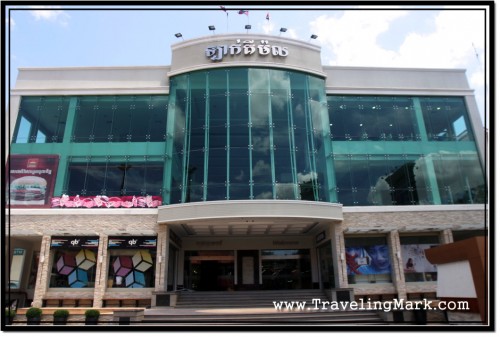
Aside from wider selection of items, these businesses also offer better pricing on most items however when it comes to fresh produce, you will always end up paying more when buying it from any of the non discriminatory businesses. Going to a local market and haggling for a price with a vendor there will land you a significantly better price. For example an average price for a water melon (an excellent source of energy and hydration in this heat) in Lucky Mall is $1.05 – $1.50 whereas the price for the same in Center Market or Old Market would only be 2,000 to 3,000 Riel (equivalent to roughly $.50 to $.75) or somewhere in that neighborhood. However in my mind, I will gladly pay a premium for the privilege of being treated equally than to be subjected to racial discrimination even if it saves me some money.
Unfortunately, you will also get local Cambodians shopping at these malls and Cambodians believe lines don’t apply to them. If you go shopping during a busier time of day, you may have a few people at every open cash register, so you just step in line and wait your turn. Other foreigners will step in line behind you or behind whoever the last person in the line where they want to wait their turn is, but when a Cambodian comes, they will simply step in the personal space before you and start rudely piling their stuff on the counter, completely ignoring everyone who have been politely waiting in that line for their turn. Cambodians are naturally rude and disrespectful so this type of behavior is normal.
By supporting local businesses in Cambodia, you will be directly supporting racism and discrimination. Small local businesses are an essential part of local economies, but if Cambodians care about their local economies, the change must start with them. I would never pass by the business that displays their prices visibly and gives me room to look at their merchandise without pressuring me into buying something from them. The formula is simple – you either leave me alone so I can carefully evaluate what I want to buy, or I’m not buying anything from you at all. I continuously need stuff to sustain my travels yet no business that tried to pressure me ever succeeded in making me to buy from them. I always go where I feel comfortable and am granted with space to breathe and time to decide.
Cambodians like to whine that business is slow, yet they don’t try to address the reason behind it. Nobody likes to be discriminated against and treated like crap. Many foreigners who come to Cambodia end up spending less money that they would if they were not constantly under pressure from aggressive touts. They go to local markets, but end up just passing from one stall to another, avoiding eye contact with the shop people just so they don’t have to put up with that constant pressure. As a result, they end up buying nothing because no business would leave them alone to decide what they could buy in peace.
Refusing to do business with businesses that don’t treat customers with respect is the best service you as a foreigner can offer to the local communities. When businesses realize that they are ripping themselves off by being rude, travellers will stay longer and will spend more money. It’s time for sustainable solutions, not short term, shady business practices. Help make the world a better place and do not support local Cambodian businesses that base their business model on racism and mistreatment. Criticism from faux-supporters who support this deadlock situation is superficial and unsustainable. Make the right choices that will promote the real change. It will help to make Cambodia a better and safer country, which right now it is not.
